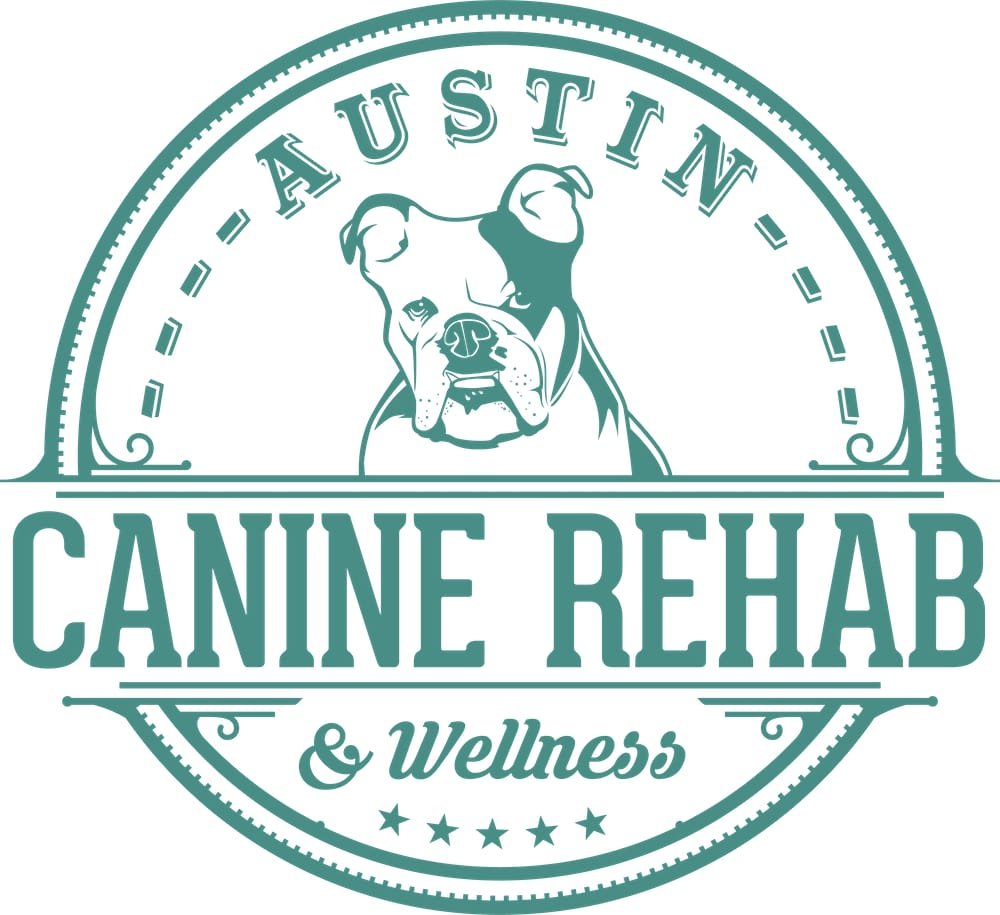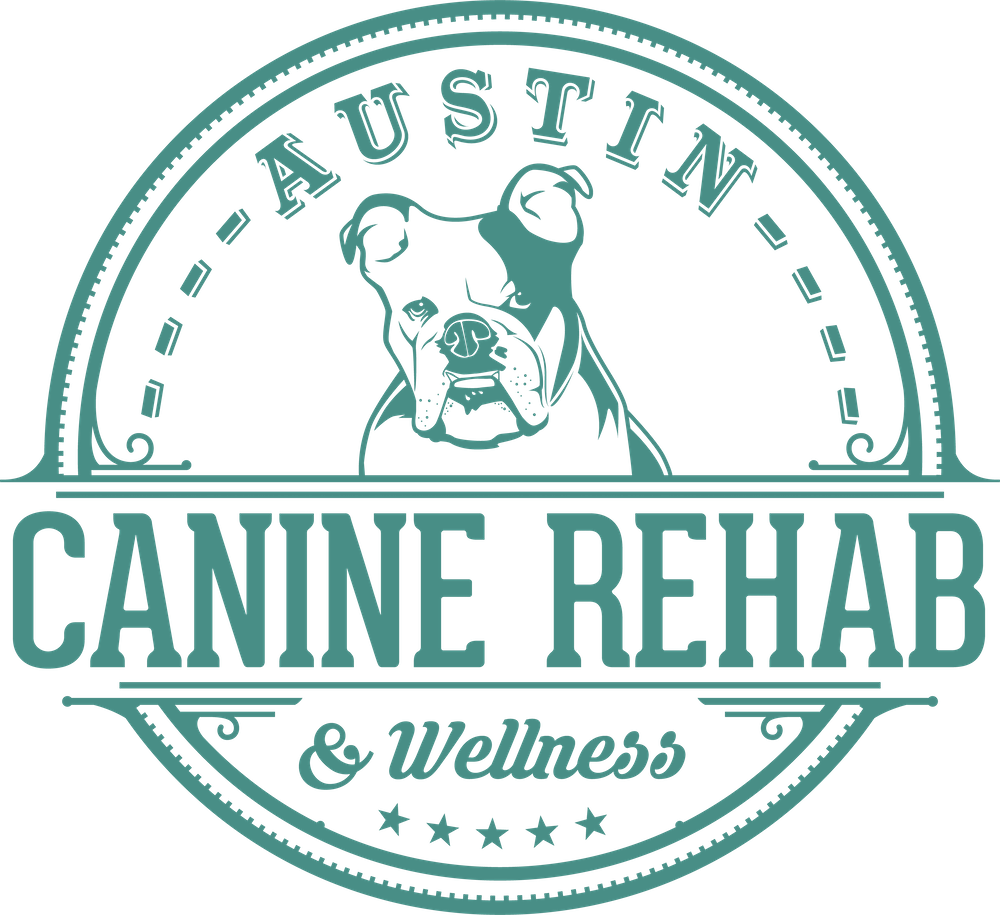Recognizing Anxiety in Dogs: When In-Home Rehab is the Better Option
Our dogs can’t tell us when something is wrong. As pet owners, we have close, meaningful relationships with the dogs we love, but they simply aren’t able to speak to us to explain their feelings or emotions.
Of course, there are plenty of non-verbal ways in which dogs communicate with us. It’s through watching for these non-verbal communications that we can understand that something is wrong. From there, we can get the right kind of help to care for our furry friends.
Sometimes, what’s wrong is a physical injury. In other cases, it might be something like anxiety. That’s the topic at hand on this page, so let’s take a closer look at how anxiety manifests in dogs and what can be done about it.
Understanding Anxiety in Dogs
Anxiety is an emotional state. Just like in humans, dogs who are anxious feel afraid, worried, or generally uneasy. They perceive a threat or even a change in their environment and respond to that with anxiety.
This is not a condition that should just be ignored. Anxiety takes a toll on a dog (or a person) and can take away from their health and overall quality of life. Dogs can encounter anxiety at any age, so it’s important to watch for signs in young pups as well as older dogs.
There are many potential causes of anxiety in dogs. Those include noise sensitivity – fireworks are a common example – along with separation anxiety when left alone, and past trauma or abuse. Some dogs will also get anxious when they have to visit the vet or go anywhere unfamiliar.
Common Signs Your Dog May Be Anxious
Watching for signs of anxiousness will help you respond appropriately and give your dog the care that she or he needs. There are both physical signs and behavioral signs that something is wrong. Let’s start by looking at some of the physical indications of anxiety –
Frequent panting even when not hot
Trembling or shaking
Tucking their tail between their hind legs
Consistent pacing or general restlessness
Along with these physical signs, you can also monitor your pet for some of the common behavioral symptoms of anxiety –
Hiding under furniture or in corners
Excessive barking or whining
Chewing on many different items, or a change in chewing behavior
Withdrawal from people
Refusal to eat, or eating a lot less than normal
You already know your dog’s normal patterns and behaviors. Trust your gut instinct when you think that something has changed, or something is wrong. If you notice a change and don’t have another obvious explanation for that change, anxiety may be the issue.
The Overlap Between Anxiety and Mobility Issues
There can be a harmful downward cycle for your dog when anxiety and mobility limitations come together. As a starting point for this cycle, the dog may become anxious in response to pain that is being experienced.
To avoid the pain, the dog will start to move less. Then, after the pain is treated – perhaps through surgery – the dog may still resist activity due to anxiety over the past pain.
Without movement, it will be hard for the dog to rehab after the surgery, and their anxiety may continue. Getting help in the form of a customized rehab treatment plan, which gradually gets the dog moving again in a comfortable, supportive manner, can help to break free of this cycle.
Why Anxious Dogs May Struggle in a Clinical Setting
A dog with anxiety is likely to be uncomfortable in a traditional clinical setting. There are going to be other dogs around. There will be many people who are strangers to the dog, and there may be quite a bit of noise. Also, if the dog has past associations of pain linked to the clinic -such as if they had an invasive procedure in the same place – the anxiety could become too much to function.
How In-Home Rehab Can Help Dogs with Anxiety
Shifting treatment away from a clinic and to the dog’s home environment can be a powerful change. At home, the comfort of their usual surroundings will allow the dog to relax and be more receptive to treatment.
It’s hard to provide effective rehab treatment to a dog who is too anxious to receive that care. When the dog is relaxed, the rehab process will be more effective, and the dog will simply be happier. That’s a win all the way around.
When to Reach Out to a Canine Rehab Specialist
In-home rehab services can be the perfect fit for a dog dealing with anxiety along with an injury. It’s also excellent for dogs who are recovering from surgery. If your dog has a history of acting anxious in a clinic or during a car ride, stay home and let us come to you.
Take a moment to contact Austin Canine Rehab today to learn more. Our team would love to serve you and your pet!
Frequently Asked Questions
-
A holistic treatment plan is the best approach for dogs who have anxiety and also deal with mobility issues. This can mean ongoing behavior modification, help from your local behavioral veterinarian, along with in-home rehab where the dog is comfortable.
-
It can be difficult to tell the difference at first, but watching for triggers that lead to certain actions is a good indication. For example, if the dog hides when someone comes to the house, that may be anxiety. General behavioral issues tend to happen all the time and aren’t necessarily tied to a given trigger.
-
Yes – although every case is different. Plenty of dogs respond well to things like routine changes and behavioral training to overcome anxiety. With that said, medication can be a useful tool when overseen by a veterinarian.
-
It’s all about the comfort of the environment. Staying at home for care will keep the dog in a place they love and take away potential anxiety triggers like traveling in the car or being in an unfamiliar setting.
-
There is no one timeline that is going to apply to all dogs. Some will start to improve in just a few weeks, whereas others could need months to make meaningful progress.
-
Absolutely – behavioral modification can give dogs a positive association with movement instead of fearing the pain that they have been experiencing. Along with gentle, targeted exercise, this approach can promote long-term wellness.





